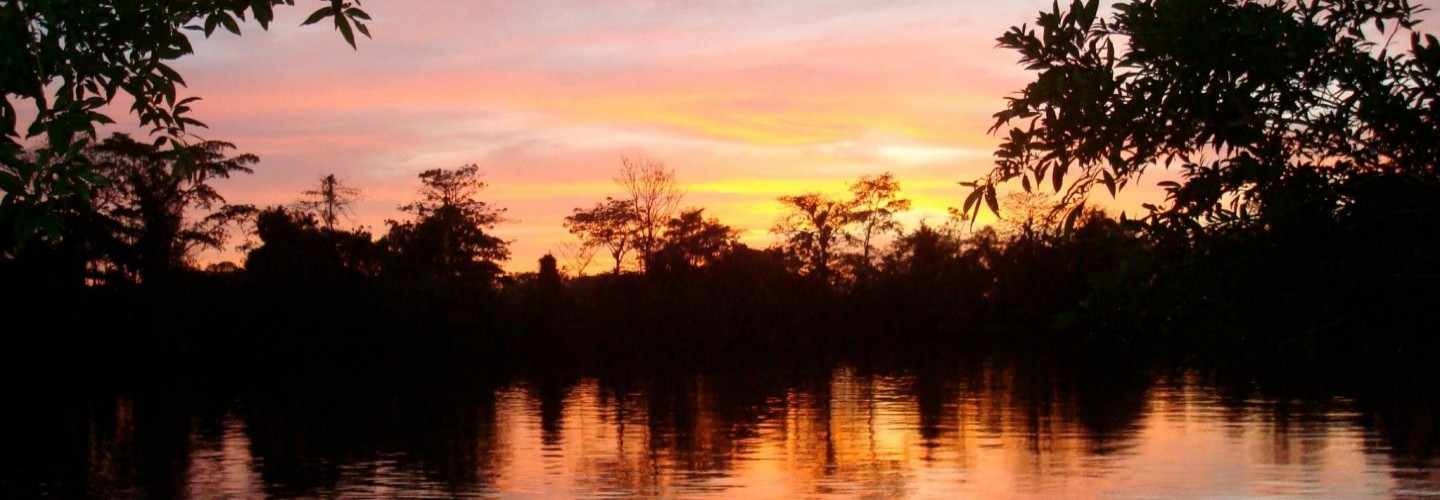The countdown begins. This semester so far has been a roller coaster of fun! So much work has gone into this trip, and I am so excited to finally go. As part of the Comm group, I have been partly responsible for completing the coloring book before we leave. I hope that we will have enough copies for the children in Nicaragua. I am also responsible for filming the Makengue documentary while we are there. This will entail interviews with the staff, and following around a staff member for a day to document their life on the reserve. I still need to make a general storyboard for the documentary before I leave so I have an idea of what shots to take.
 The other documentaries I have been working on are the AU life documentary and the process documentary. Frankie is in charge of putting footage together in post, but I am helping out by filming some of it. I am thrilled to see what it will look like after it’s edited together. I am also responsible for putting in Spanish subtitles for the documentaries. My Spanish is far from perfect so I have been asking for help from my Dominican friend. As a whole, this experience has helped me understand what is involved in marketing and communicating for a small reserve. I am sure I will continue to learn throughout the semester. This experience will definitely help me in my future career.
The other documentaries I have been working on are the AU life documentary and the process documentary. Frankie is in charge of putting footage together in post, but I am helping out by filming some of it. I am thrilled to see what it will look like after it’s edited together. I am also responsible for putting in Spanish subtitles for the documentaries. My Spanish is far from perfect so I have been asking for help from my Dominican friend. As a whole, this experience has helped me understand what is involved in marketing and communicating for a small reserve. I am sure I will continue to learn throughout the semester. This experience will definitely help me in my future career.
Time to start packing for Makengue!










